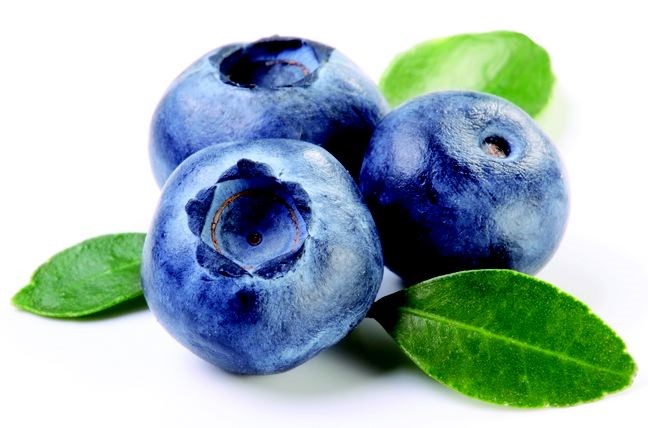Water, 84 per cent. Sugars, 10 per cent, consisting of 48 per cent fructose, 40 per cent glucose, two per cent sucrose, and the remainder being a number of other mono- and di-saccharides. Amino acids are only one per cent but are dominated by glutamic acid (23 per cent of total), aspartic acid (18 per cent), leucine (17 per cent), arginine (eight per cent), and alanine (four per cent).
Fatty acids total another one per cent consisting of linoleic acid, linolenic acid, oleic acid, palmitic acid, and stearic acid. The inorganic content is about one per cent consisting of a variety of minerals, including iron, zinc, and copper compounds.
For flavour, there are trace amounts of ethyl ethanoate, 3-methyl butyraldehyde, 2-methyl butyraldehyde, pentanal, methylburyrate, octane, hexanal, decenal, 3-carene, limonene, styrene, citral, linalool, terpinyl acetate, caryophyllene, and alpha-terpinene. For colour, anthocyanins.
And then there are compounds such as methyl paraben and E300 along with VOCs.
Does this sound delicious? What is this strange soup of unpronounceable chemical compounds?
The answer is the common, all-natural blueberry. At least, it is some of the chemical compounds that are found in the blueberry.
There are thousands more that are found at trace levels. All of them are naturally occurring. All of them are chemical compounds that make up the fruit.
I mention this because there are a number of commercials on television and the Internet where the general theme is: I want food with ingredients that I can pronounce.
One commercial for a breakfast cereal even makes the point that blueberries are all-natural and nutritionally good for you.
There is no question about the benefits of blueberries but if we are talking about the constituents of food, then we should be talking about their chemical content.
That is, just because you can say blueberries, but stumble over trying to say linalool doesnt make blueberries good.
Blueberries are composed of chemicals. Hundreds if not thousands of chemicals. The term blueberry is a collective noun if we are talking about their constituents. It is a collection of material.
However, chemophobia - the fear of chemicals - is increasingly finding its way into advertising.
I have seen television commercials advertising cleaners that are chemical free. Really? So what is that liquid in the bottle?
I have seen food advertised as having no chemicals.
Yet it is sitting there on the plate in the commercial.
If it is a physical object, it contains atoms and atoms make up chemicals. Atoms are chemicals.
Advertisers are playing on an emerging common cultural fear.
They are hoping that people do not know what is or isnt a chemical. They are hoping that the word carries a negative connotation and will help sell their products.
If this was all there was to this story then that would be it. The world of television advertising would have its way but life would go on.
Unfortunately, it is not the case. Living chemical free seems to be some form of new mantra that is pervading our society. It is not possible but there are people that are trying to do so and it is leading to unfortunate circumstances.
For example, there are increasing numbers of parents that do not want to have their children immunized for a variety of diseases. They are afraid of the chemicals in the vaccine but they are afraid for no reason. None of the chemicals cause actual health concerns.
Or there are people that are chemical sensitive and cannot be around colognes and perfumes. Ironically, I knew one person that claimed to not be able to stand any chemical odours but would microwave buttered popcorn on a daily basis. Have you ever smelt the stuff?
For them, buttered popcorn wasnt a chemical odour. It was a natural odour and therefore didnt make them sick. No matter how hard I tried to explain that the smells that were coming off the popcorn were volatile organic compounds, they refused to believe that the odour was produced by a chemical.
Two decades ago, the American Chemical Society produced a bumper sticker that said: What in the world isnt chemistry? It was a play on a common expression but it is also accurate. Everything that you have every touched or eaten or excreted in your life is a chemical compound.
Some are harmful. There is no doubt about that.
Some have unpronounceable names. No question.
Some are the by-products of other processes. Absolutely. Some are synthetic and some are natural.
But they were all chemical compounds. The only criteria that really should be applied is whether or not they are dangerous or toxic. Not whether we can pronounce their name. Not whether they are synthetic or not. Not whether they are chemicals.
After all, there really isnt anything else - even in blueberries.



